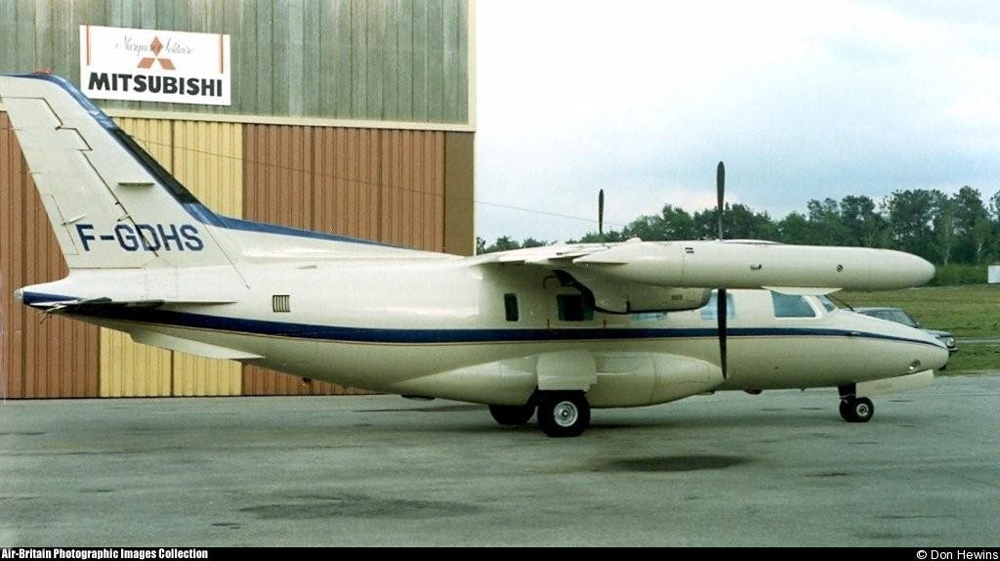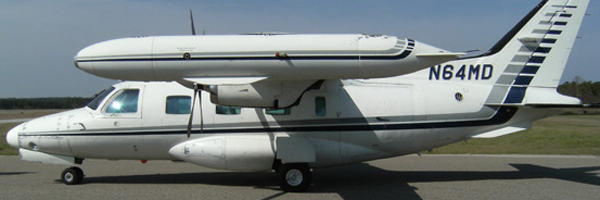Crash of a Mitsubishi MU-2B-36A Marquise in Uchiza
Date & Time:
Jul 10, 1991
Registration:
OB-1219
Survivors:
Yes
Schedule:
Uchiza - Lima
MSN:
730
YOM:
1978
Crew on board:
1
Crew fatalities:
Pax on board:
1
Pax fatalities:
Other fatalities:
Total fatalities:
0
Circumstances:
After takeoff from Uchiza Airport, while climbing, the pilot reported engine problems to ATC and elected to return. On approach, he realized that a landing was not possible as weather conditions deteriorated rapidly. He then decided to attempt an emergency landing along the Huallaga River. Upon landing, the aircraft slid for few dozen meters and eventually came to rest upside down. Both occupants escaped uninjured while the aircraft was damaged beyond repair.
Probable cause:
Fire on the left engine after takeoff for unknown reasons.






